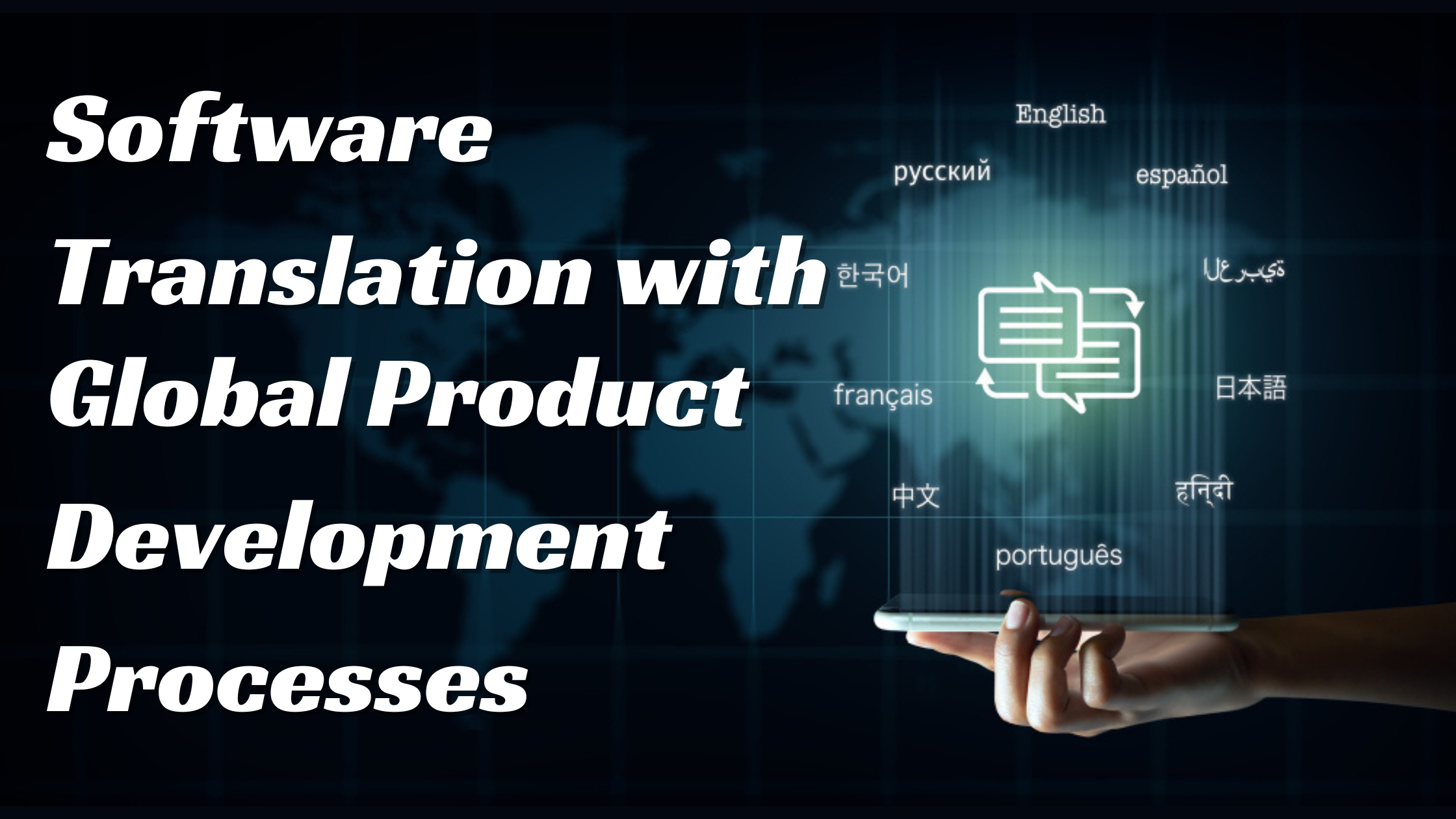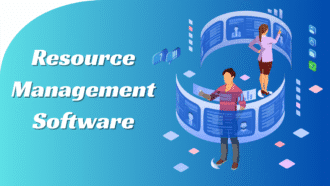Streamlining Your Software Translation with Global Product Development Processes
Software development for an international user base is complicated. Expert resources and streamlined processes are required to eliminate complexity and optimize the software development life cycle (SDLC).
Translating software and IT products has become inevitable in coping with the competitive landscape of global markets. For instance, if you get software translation services from a third-party provider, integrating newly translated content into software can become chaotic. Companies must adopt a systematic approach to simplifying their development operations to optimize their software development life cycle.
Read this article to understand the crucial steps you can take to make the software translation integration into SDLC more seamless.
Struggles of Integrating Translation into SDLC

Barriers to Communication
If you are working on a global software product, your development and translation teams are likely to be working from different locations, which can lead to communication gaps. Similarly, differences in technical understanding and varied language and cultural backgrounds can also be the reasons behind a lack of communication.
Technical Complexities
Software translation requires frequent updates in the user interface, code and content for different languages and regions. It sometimes gets very intricate to manage the technical aspects of software alongside other tweaks.
Time Constraints
Translation project managers have to meet tight deadlines and manage everything in time ahead of product release dates in any market. So, software companies must have an agile integration system in place that is parallel with software development processes.
Quality and Consistency
The most challenging is ensuring the quality and maintaining the consistency of language and design throughout the SDLC. All linguistic, cultural and functional issues must be resolved in time; otherwise, you may miss out on market opportunities.
A Guide to Integrating Translation into Development Processes
Early-Stage Planning
From the beginning, you must develop a structured framework for planning, implementing, executing, testing, and mitigating risk. Being very clear about your translation objectives and software project scope is critical. This will help you determine your target markets and languages and create strategies aligned with your software growth goals.
Agile Methodologies
Software companies must adopt agile translation practices to ensure efficient and iterative development cycles alongside software translation integrations. All updates must be incorporated with regular software development sprints. Moreover, your overall planning for translation integration into SDLC should be flexible and adaptive to changes instead of following a rigid plan. It will result in a faster time to market and enhance your global competitiveness.
Collaborative Tools
As mentioned earlier, communication barriers are something that all software translation project managers have to deal with regularly. Professional collaborative tools can help with open and transparent communication among development and translation teams. Tools like Asana and Jira can help keep track of your teams, tasks, and deadlines in real-time. Git is another version control system that effectively manages content and code. Moreover, it helps developers, project managers, and translators collaborate.
Implementation of Automated Workflows
You must utilize your resources wisely to ensure agility and quality outcomes in your software development processes. Automated workflows reduce manual efforts and enhance your team’s productivity. Automation also minimizes the risk of human error caused by excessive workloads and complicated operations. Professional automation tools can help track all changes in your software and synchronize content across different language versions.
Partner with a Translation Agency
You can’t always do it all by yourself, and there is nothing wrong with getting the expert agencies on board. For instance, if you are getting professional Chinese language translation services from a reliable LSP, they will probably support you with integrating your translations into your software. A full-fledged translation agency may also help you streamline processes, resource allocation, and the accuracy of your content in different languages.
Testing and Quality Assurance
It is the most critical phase of your translation integration into software development processes. You must test your software for linguistic accuracy, ensuring the language tone is consistent in all regions. The software must function properly after implementing all translation changes. Similarly, formatting and design must be adjusted to local standards and culture. Project managers must meticulously examine all minor and significant modifications made to the software to verify its local compatibility and excellent user experience.
Continuous Improvement and Risk Mitigation
You must continuously refine and upgrade your translation processes to achieve high quality and efficiency. In the case of SDLC, you must evaluate all tools, workflows and methods and get feedback from all stakeholders and end users to identify gaps in the established processes and room for improvement. Moreover, anticipating the risks related to the software’s timelines, language and technical aspects and mitigating them should be part of your planning and execution. Project managers must proactively address these risks to ensure a successful software translation outcome.

















